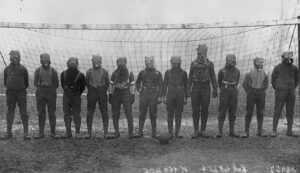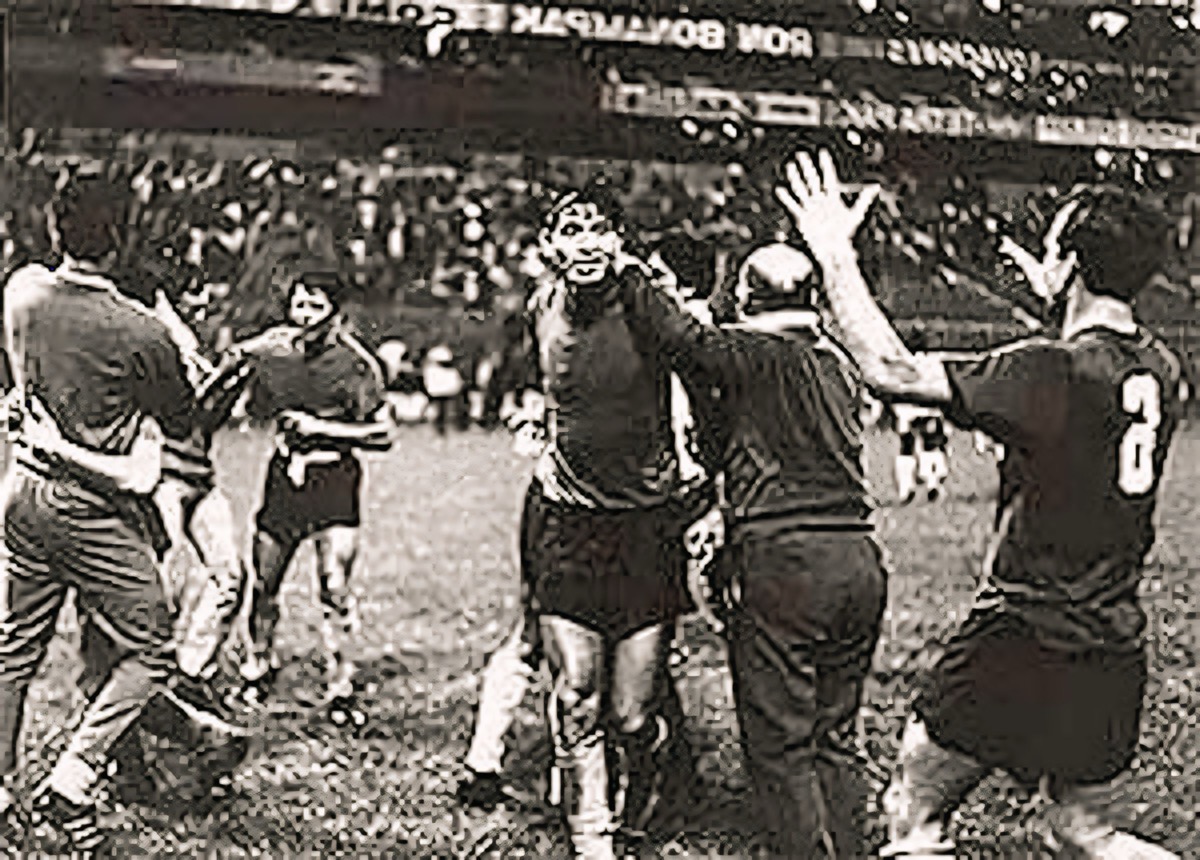Introduction
WWI had a profound impact on football, influencing the sport’s culture, tactics, and community role. Specifically, the First World War brought significant changes to football, from halting leagues to introducing new roles for players and fans. Consequently, this transformation, known as WWI and Football’s Impact, set the stage for how football would evolve globally, reshaping its rules, training approaches, and the way communities connect through the sport.

How WWI and Football’s Impact Transformed Leagues and Player Roles
Moreover, the impact of WWI on football was profound, fundamentally transforming leagues and the roles of players. As the war disrupted competitions, many leagues were suspended, leading to a dramatic shift in how football was organized and perceived.
During this period, often referred to as WWI and Football’s Impact, saw players taking on new responsibilities, such as enlisting in the military, which altered team dynamics and community engagement. Therefore, the need for players to adapt to wartime conditions prompted changes in tactics and training methods, ultimately reshaping the sport for future generations.

Changes in Football Tactics and Training
In addition, the challenges of WWI also influenced the tactics and training methods in football. Players returning from war were often in different physical conditions than before, necessitating adjustments in training routines. Coaches began to introduce more structured training, inspired by the discipline and teamwork that soldiers experienced in the military.
The war experience encouraged new styles of play, focusing on endurance, coordination, and strategy. These changes marked the beginning of a more modern approach to football, moving away from the purely athletic focus to include strategic and tactical training.

Community and Football’s Post-War Role
Football played a crucial role in helping communities heal after the war. Games became events for people to gather, reflect, and celebrate their shared experiences. The sport became a way to reconnect with neighbors, friends, and family in a positive environment.
For players, it offered a pathway to reintegrate into everyday life, channeling their experiences from the war into teamwork and discipline on the field. Football’s significance grew, establishing it not just as a sport but as a unifying force that could help rebuild and uplift communities.
The Legacy of WWI on Modern Football
WWI’s influence on football remains evident today. Many of the shifts in training and community involvement shaped the sport into what it is today. Football clubs continue to serve as pillars in their communities, connecting people from all walks of life.
The sport’s history is remembered for how it adapted and survived in challenging times, paving the way for the global game we recognize now.

Conclusion
WWI reshaped football in ways that went beyond the field. From tactical adjustments to the community’s deepened connection to the game, the impact of the war on football is profound and lasting. By understanding this history, we can appreciate football as more than a sport; it’s a cultural institution that has stood the test of time, adapting to and reflecting the spirit of its communities.





1 thought on “WWI and Football’s Impact: Impact of War on the Game”